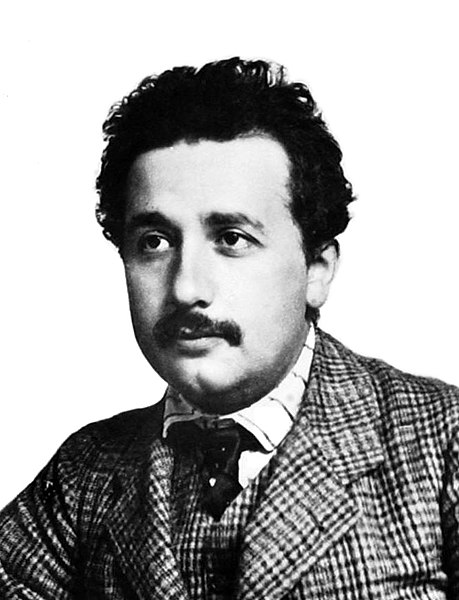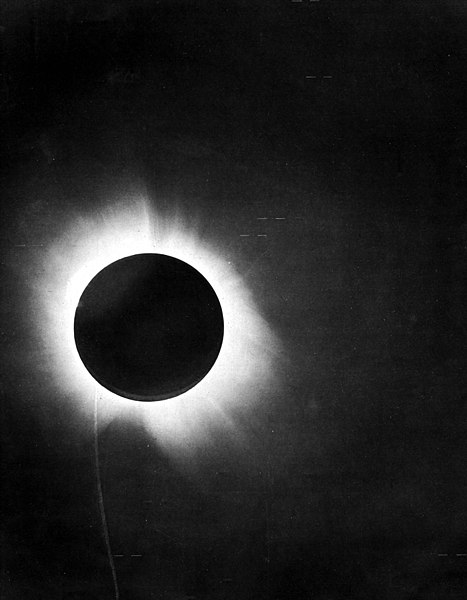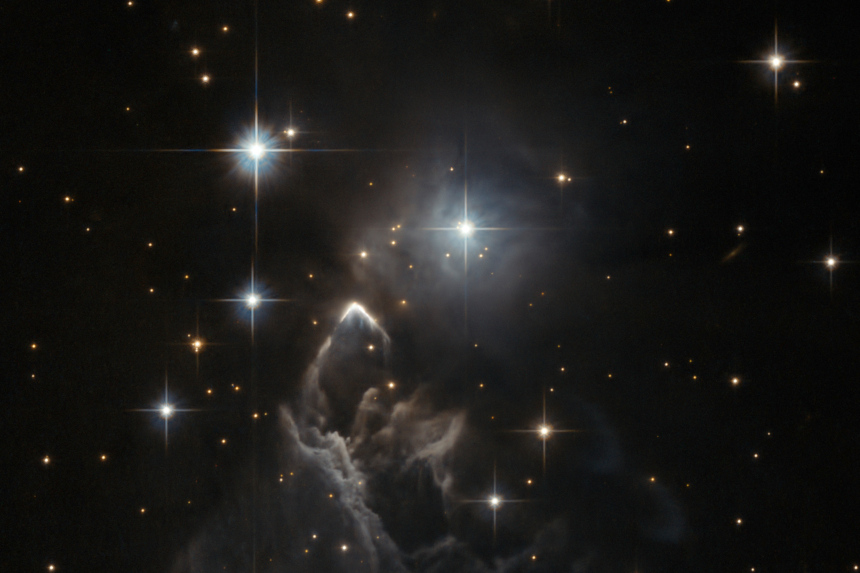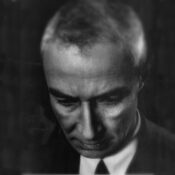Try to envision a time when you didn’t know the name Einstein. Though there’s certainly more than one person to have that name, you’ve lived your entire life hearing a particular set of ideas associated with it. Genius. Science. Our understanding of the universe. The impact of Albert Einstein on physics, scientific theory, and our general ideas of time and space is beyond measure. And yet, there was a time that the world didn’t know his name. That all changed 100 years ago this week, when two expeditions went out to try and prove one of his groundbreaking theories during a solar eclipse. This is the story of how one man’s idea changed the way we look at everything.
Born in Germany in 1879, Einstein proved early on that he was a math prodigy. By his early teens, he was conversant in calculus and geometry; he already had the idea that nature itself was a type of “mathematical structure.” At age 17, he went to Zurich Polytechnic on their four-year teaching diploma program for math and physics. His first wife, Mileva Maric, was the only female student in the division. In 1900, Einstein earned the diploma. While he wasn’t able to pursue a teaching job at first, Einstein got a job as a patent clerk while continuing to pursue the publication of academic papers.

Einstein published his first paper in 1900 and continued to work while pursuing a Ph.D. in physics. He earned his doctorate from the University of Zurich in 1905 after finishing his thesis, “A New Determination of Molecular Dimensions.” 1905 has been called Einstein’s “miracle year,” as he published four other papers that impacted how the rest of the world views the universe. As his reputation grew, Einstein received a lecturer appointment at the University of Berne and became an associate professor of theoretical physics at the University of Zurich in 1909. For the new few years, Einstein published more and more papers as he taught across a number of fine schools in Europe. Work that he did in 1911 would lay the groundwork for boundary-pushing experimentation.
That was the year that Einstein took a deep dive into general relativity. Einstein theorized that light reaching us from another star should be bent by the gravity of Earth’s sun. This was a fairly radical reading, as it would actually be an improved understanding of ideas forwarded in Sir Isaac Newton’s law of universal gravitation. In fact, the deeper meanings of all of Einstein’s writing made bold suggestions about the nature not only of gravity, but of space and time.
Of course, suggestions like this need to be proven. One attempt was made during a solar eclipse in 1918. The solar eclipse was the right time to test the idea of starlight bending from the sun because the relative position of other stars to our sun would be visible under these conditions. Unfortunately, the testing and observation was defeated by, of all, things, clouds.
Fortunately, a solar eclipse was on the calendar for May 29, 1919, and two expeditions set out to see if they could prove Einstein’s ideas. Arthur Stanley Eddington, an astrophysicist, and astronomer Frank Watson Dyson, well-respected scientists in their own right, led a group to Principe, the West African island that would be in the path of the eclipse. French astronomer Andrew Claude de la Cherois Crommelin and Charles Rundle Davidson of England’s Royal Observatory took their group to Sobral, Brazil. Both teams had a mission to observe the stars that formed the constellation Taurus, which would be crossed by the eclipse; the shape of Taurus is composed of dozens of stars, including the star-cluster called the Hyades, which is more or less the “head” that we see from Earth.

Eddington had been a big believer in Einstein’s work for years, and he aggressively petitioned the Royal Astronomical Society in Britain to back the test. Despite the fact that World War I was going on when he first proposed the project, Eddington was given a service deferment because it was deemed that his work served the national interest. Eddington’s team was to look for changes in the position of the stars as they passed near the Sun in what we call the celestial sphere, which is basically a way in which we envision how the stars move relative to our position on Earth. Once again, clouds conspired against science. Eddington’s team managed to get one clear picture that presented measurements that agreed with Einstein. Fortunately, the team in Brazil had better weather and were able to back Eddington’s conclusion.
As a result, Einstein shot to overnight fame. The proof of this theory meant that Einstein’s broader notions of general relativity that included any manner of things from black holes to the curvature of space-time were now also possible. The experiment made worldwide news and ushered in a new excitement around physics and astronomy. More tests with updated methods would be applied to see if Einstein’s ideas held up; by the 1960s, using data from radio frequencies and other methods, scientists were able to confirm that Einstein had indeed been completely right the entire time.
Professor Brian Greene explains general relativity on The Late Show with Stephen Colbert. (Uploaded to YouTube by The Late Show with Stephen Colbert)
So what does this mean for the everyday person? It means that one human can unlock greater understanding of the universe. It means that certain mathematical and scientific ideas can hold true across the breadth of time and space. It means that we can more accurately measure and predict the forces out there in the vastness, even applying elements of the theory to examine the origins of existence. And it means that time travel is possible (maybe). From the human side of the equation, Einstein’s writing and the work of the teams that set out to prove them remind us that there is a grandeur in intellectual achievement. Sometimes, it’s just better to know what we didn’t know before.
Featured image: A Nebula in the Constellation of Taurus. (NASA.gov)
Become a Saturday Evening Post member and enjoy unlimited access. Subscribe now



